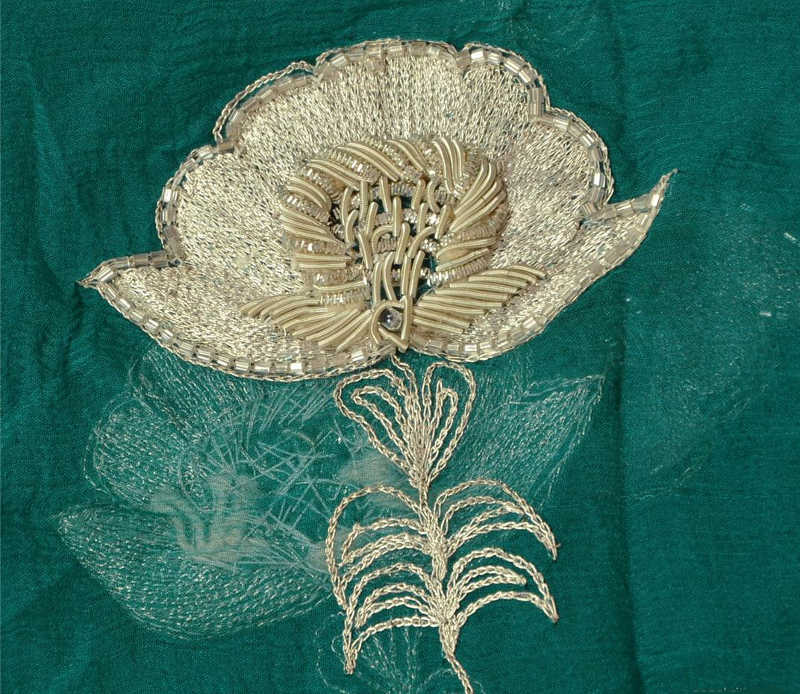===
0485,
5
===

=== |
 |
ḳhāl : 'A black mole on the face (regarded as ornamental); a spot, patch (natural); an artificial spot (made of kājal , &c., for ornament, or to ward off the effects of the malignant eye)'. (Platts p.485)
intiḳhāb : 'Extraction; extract; selection; election, choice'. (Platts p.86)
tilak : 'An ornament or other mark between the eyes or rising between the brows; a sectarial mark or marks made with coloured eye-earths, sandal wood, or unguents upon the forehead and between the eyebrows'. (Platts p.334)
S. R. Faruqi:
[Further thoughts, not from SSA (2015)]: Ghazals in Urdu are written generally with the two lines of a verse opposite each other in the same line. The reader customarily puts a dot between the two lines of a verse to indicate approval, sometimes with the view of compiling an intikhab. Since the two eyebrows are configured like two lines, each of them is imagined to be a line of verse.